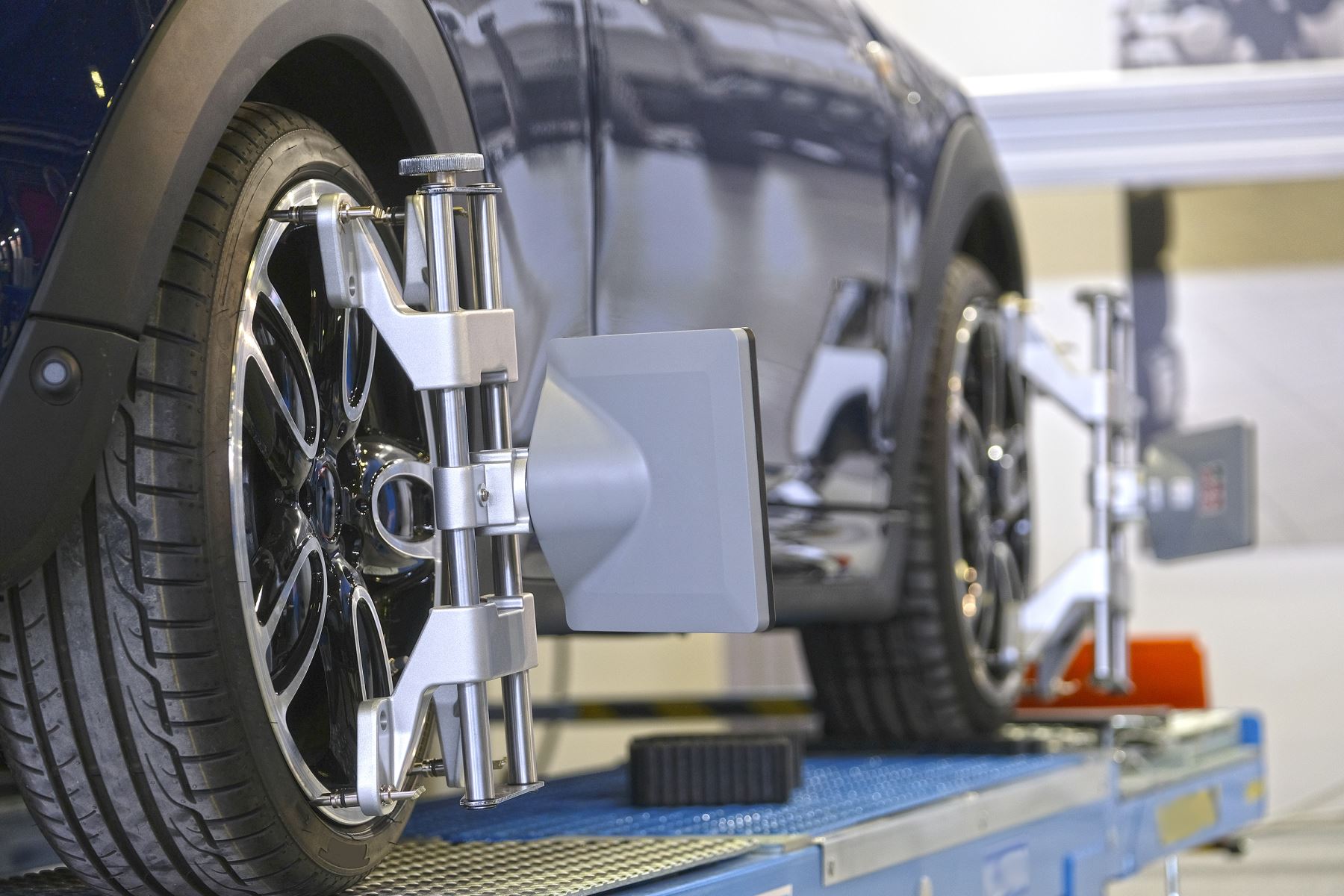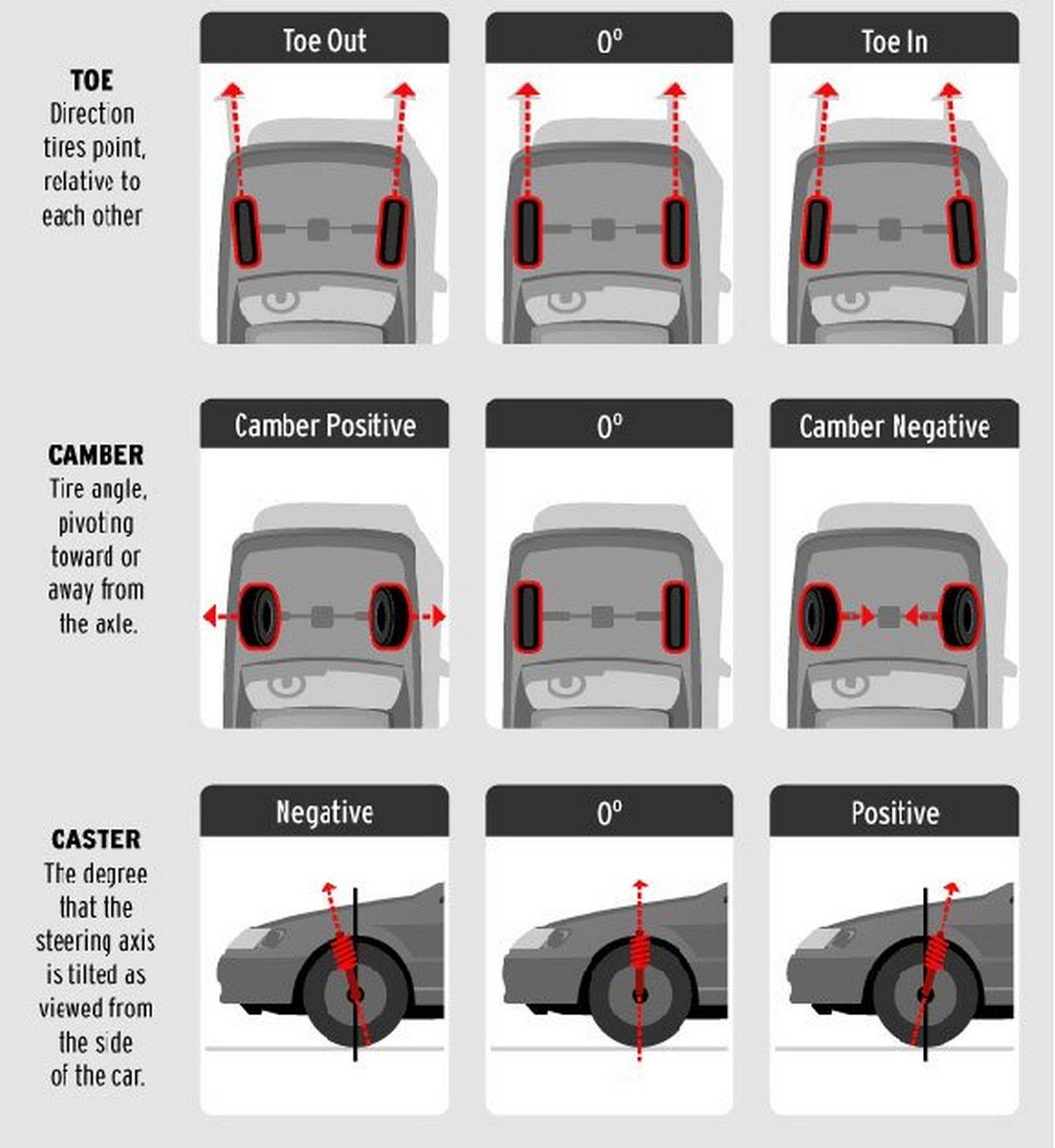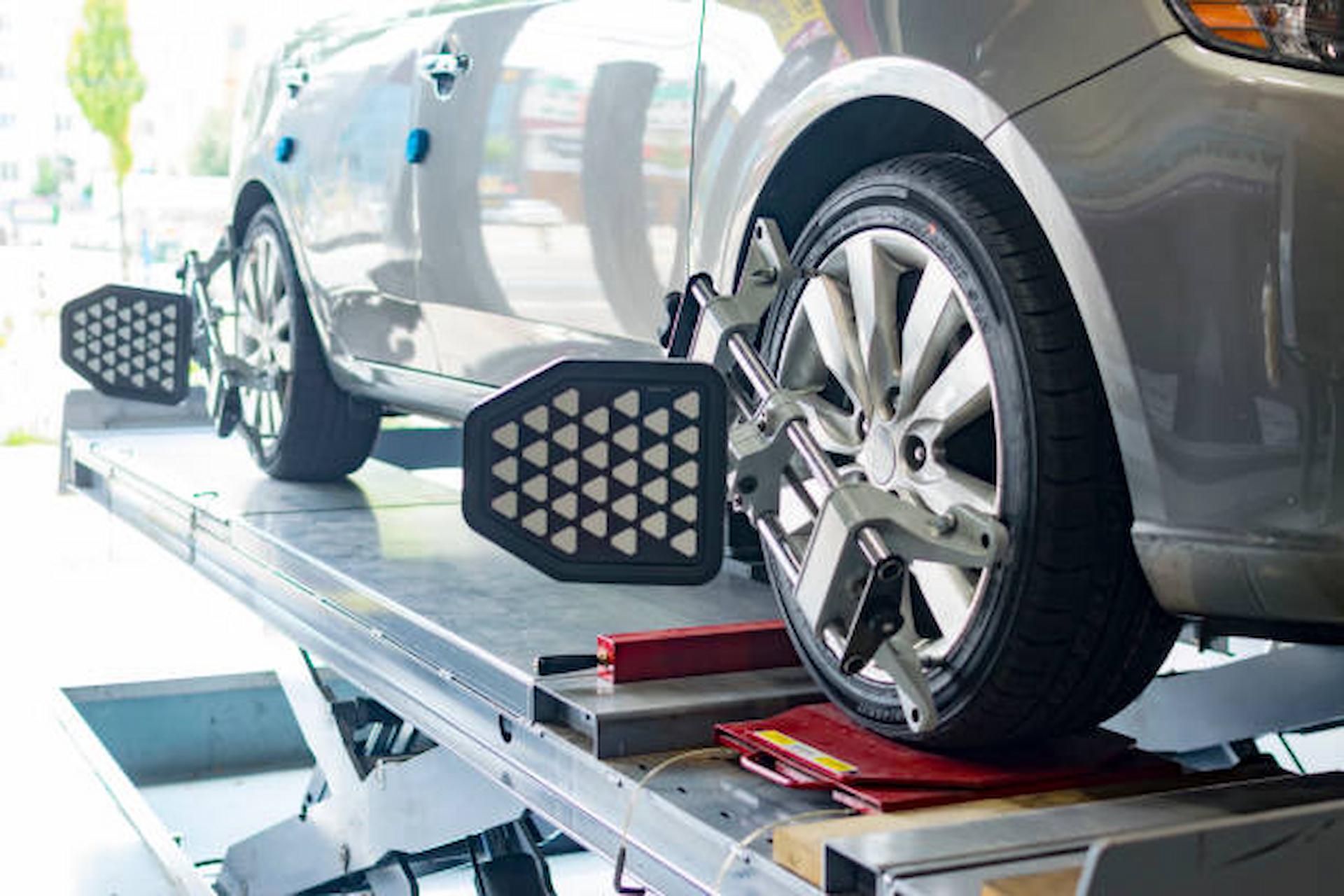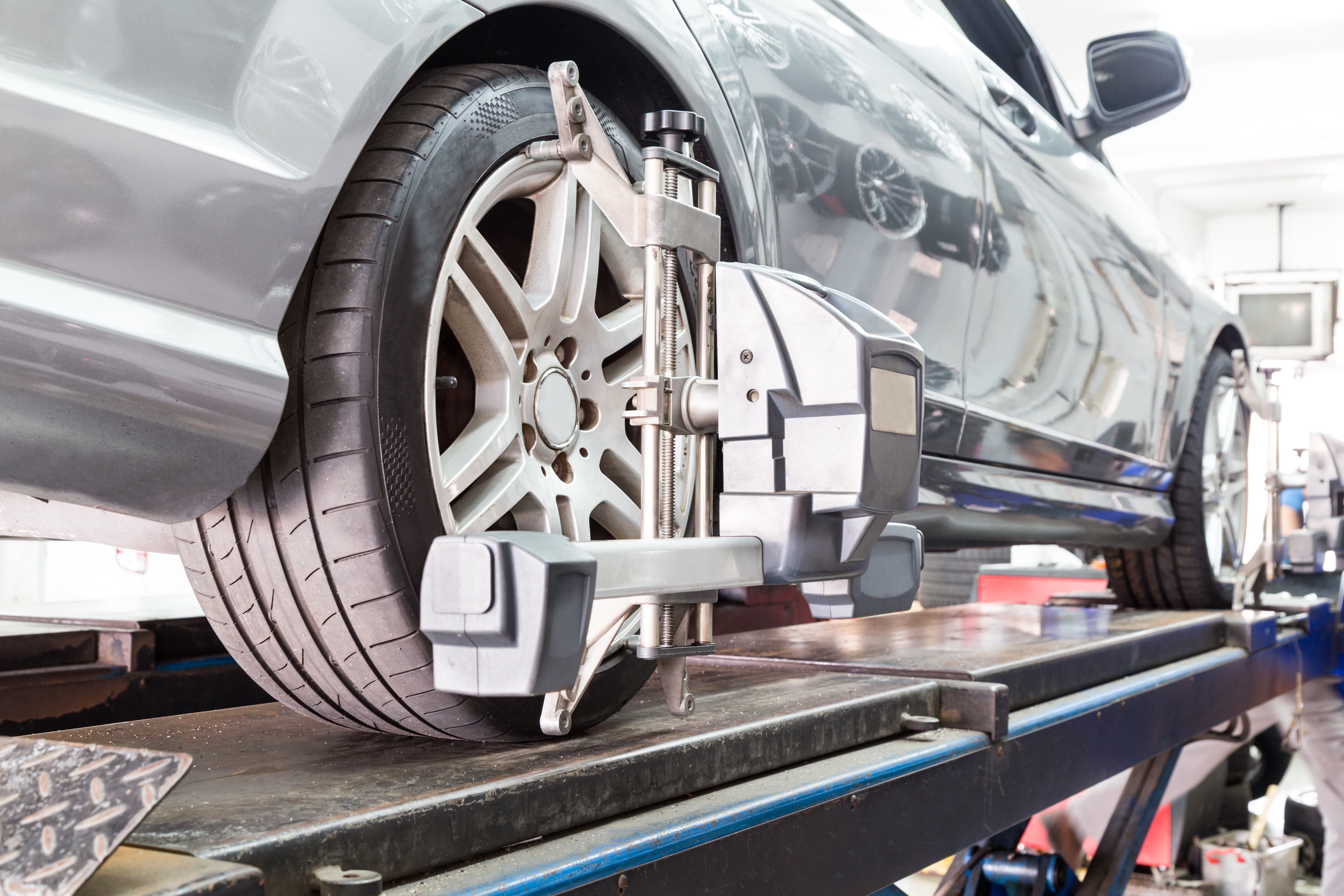Are you struggling with uneven tire wear, poor handling, or reduced fuel efficiency? If so, you may need to consider getting a wheel alignment. But what’s the difference between 4-wheel alignment and 2-wheel alignment? And which one is right for your vehicle?

Wheel alignment is the process of adjusting the angles of your wheels to ensure that they are perpendicular to the ground and parallel to each other. This is important because it affects your vehicle’s handling, stability, and tire life. There are two main types of wheel alignments: 4-wheel alignment and 2-wheel alignment.

4-wheel alignment adjusts the angles of all four wheels, while 2-wheel alignment only adjusts the angles of the front two wheels. 4-wheel alignment is more comprehensive and typically provides better results, but it is also more expensive than 2-wheel alignment.

Comparison of 4-Wheel Alignment and 2-Wheel Alignment
The main difference between 4-wheel alignment and 2-wheel alignment is the number of wheels that are adjusted. 4-wheel alignment adjusts the angles of all four wheels, while 2-wheel alignment only adjusts the angles of the front two wheels. This difference in coverage has a number of implications, including:

Accuracy
4-wheel alignment is more accurate than 2-wheel alignment because it takes into account the angles of all four wheels. This is important because even a small misalignment in one wheel can affect the handling of your vehicle.
![]()
Stability
4-wheel alignment also provides better stability than 2-wheel alignment. This is because it ensures that all four wheels are pointing in the same direction, which helps to keep your vehicle on track, especially when driving at highway speeds.

Tire Life
4-wheel alignment can help to extend the life of your tires. This is because it ensures that all four tires are wearing evenly, which helps to prevent premature wear.

Recommendation
If you are looking for the most comprehensive and accurate wheel alignment, then 4-wheel alignment is the best choice. However, if you are on a budget, then 2-wheel alignment may be a more affordable option.

What is 4-Wheel Alignment?
4-wheel alignment is a process that adjusts the angles of all four wheels of a vehicle. This is done to ensure that the wheels are perpendicular to the ground and parallel to each other. 4-wheel alignment is more comprehensive than 2-wheel alignment, which only adjusts the angles of the front two wheels.

Benefits of 4-Wheel Alignment
There are a number of benefits to getting a 4-wheel alignment, including:

- Improved handling
- Increased stability
- Extended tire life
- Reduced fuel consumption
History and Myth of 4-Wheel Alignment
The history of 4-wheel alignment can be traced back to the early days of the automobile. In the early 1900s, cars were often equipped with solid axles, which made it difficult to adjust the alignment of the wheels. As a result, many cars suffered from poor handling and stability.
Hidden Secret of 4-Wheel Alignment
One of the hidden secrets of 4-wheel alignment is that it can help to improve your vehicle’s fuel efficiency. This is because when your wheels are properly aligned, they roll more smoothly, which reduces drag and improves gas mileage.
Recommendation of 4-Wheel Alignment
If you are experiencing any of the following symptoms, it may be time to get a 4-wheel alignment:
- Uneven tire wear
- Poor handling
- Reduced fuel efficiency
Tips of 4-Wheel Alignment
Here are a few tips to help you get the most out of your 4-wheel alignment:
- Get your alignment checked regularly, especially if you drive on rough roads or if you have hit a curb.
- Make sure that your tires are properly inflated.
- Avoid overloading your vehicle.
4-Wheel Alignment and Safety
4-wheel alignment is not only important for the performance of your vehicle, but it is also important for safety. When your wheels are properly aligned, your vehicle is more stable and easier to control, which can help to prevent accidents.
Fun Facts of 4-Wheel Alignment
Here are a few fun facts about 4-wheel alignment:
- 4-wheel alignment can improve your vehicle’s fuel efficiency by up to 5%.
- 4-wheel alignment can help to extend the life of your tires by up to 20%.
- 4-wheel alignment can improve your vehicle’s handling and stability, which can make driving more enjoyable.
How to Check 4-Wheel Alignment
There are a few simple ways to check your 4-wheel alignment at home. One way is to use a tape measure to measure the distance between the front and rear wheels on both sides of the vehicle. If the measurements are different, then your alignment is out.
What if 4-Wheel Alignment is Not Done?
If your 4-wheel alignment is not done properly, it can lead to a number of problems, including:
- Uneven tire wear
- Poor handling
- Reduced fuel efficiency
- Increased risk of accidents
Listicle of 4-Wheel Alignment
Here is a listicle of the benefits of 4-wheel alignment:
- Improved handling
- Increased stability
- Extended tire life
- Reduced fuel consumption
- Improved safety
